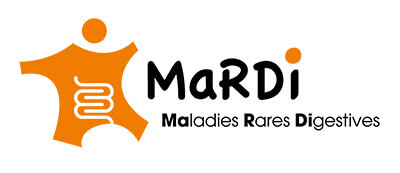Definition and clinical description
Epithelial dysplasia is a genetic defect in the spatial organization of enterocytes on the basal enterocyte lamina resulting in the abnormal appearance and functional alterations of the intestinal epithelium.
It is characterized by an adhesion defect of the mature enterocytes of the intestinal basement membrane.
Symptoms and prevalence
The characteristics are similar to those of microvillus atrophy. Diarrhoea is hydro-electrolytic, without blood or mucus. It is sometimes less abundant and/or associated with vomiting and abdominal bloating. Other disorders may be associated: choanal atresia, anal imperforation, oesophageal atresia, superficial punctate keratitis and conjunctival dysplasia, Dubowitz syndrome.
In Western Europe, the disease affects one in 100,000 to one in 50,000 births. The prevalence is higher in areas where there is a high degree of consanguinity and in families originating from North Africa and the Arabian Peninsula, Malta or Turkey.
Management and treatment
Therapeutic management is based on parenteral nutrition. There is a moderate form of development, sometimes later-onset, which may sometimes be compatible with cessation of parenteral nutrition.
Genetic counselling
The mode of inheritance is autosomal recessive. Mutations in the EpCam SPINT 2 genes have been identified.


